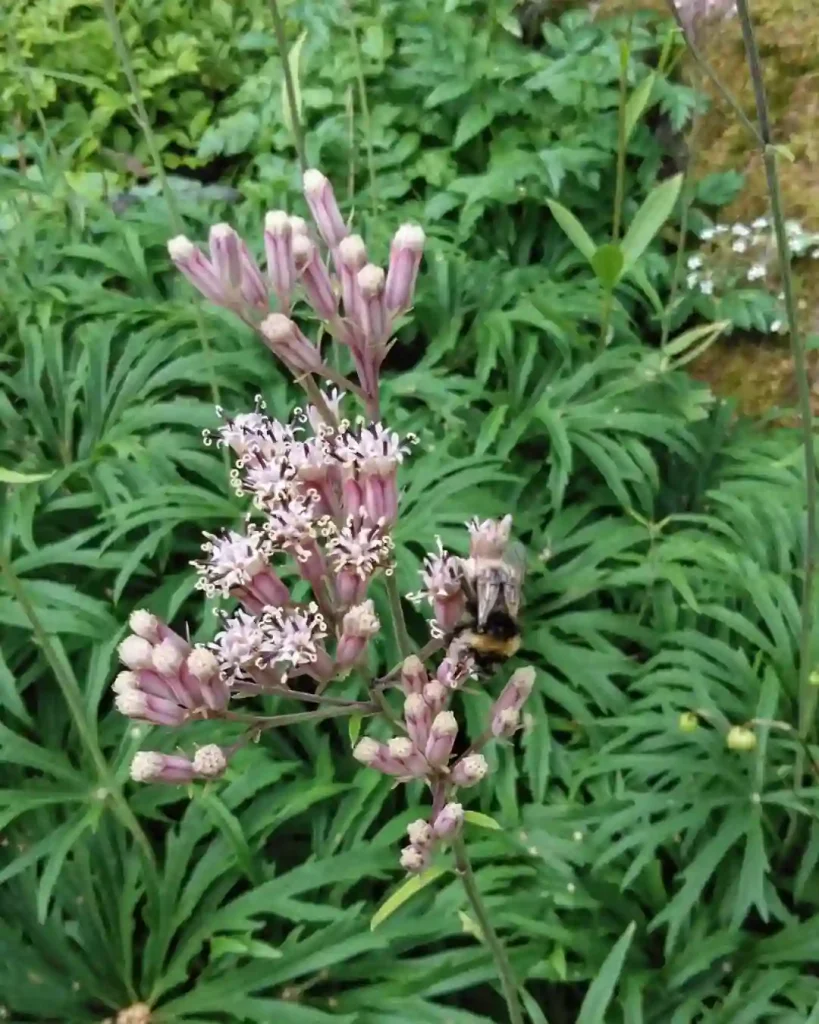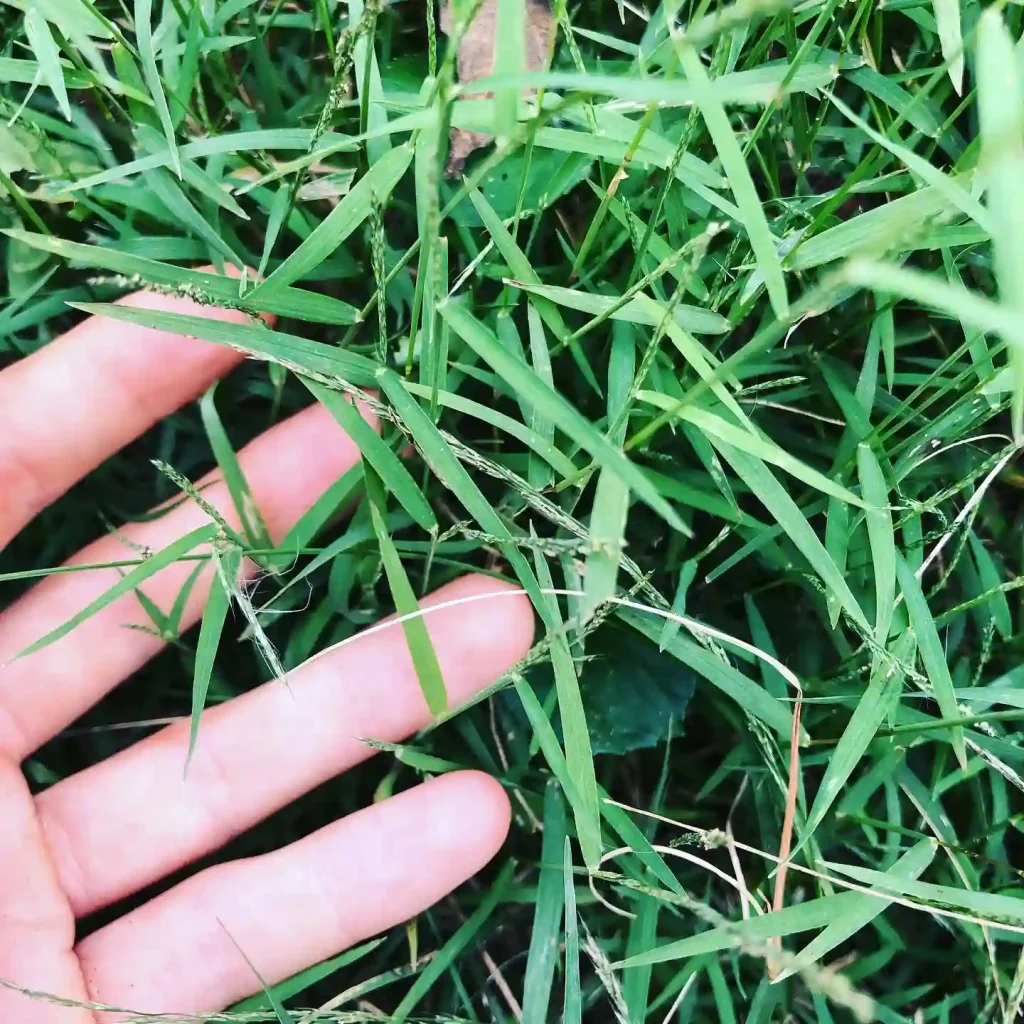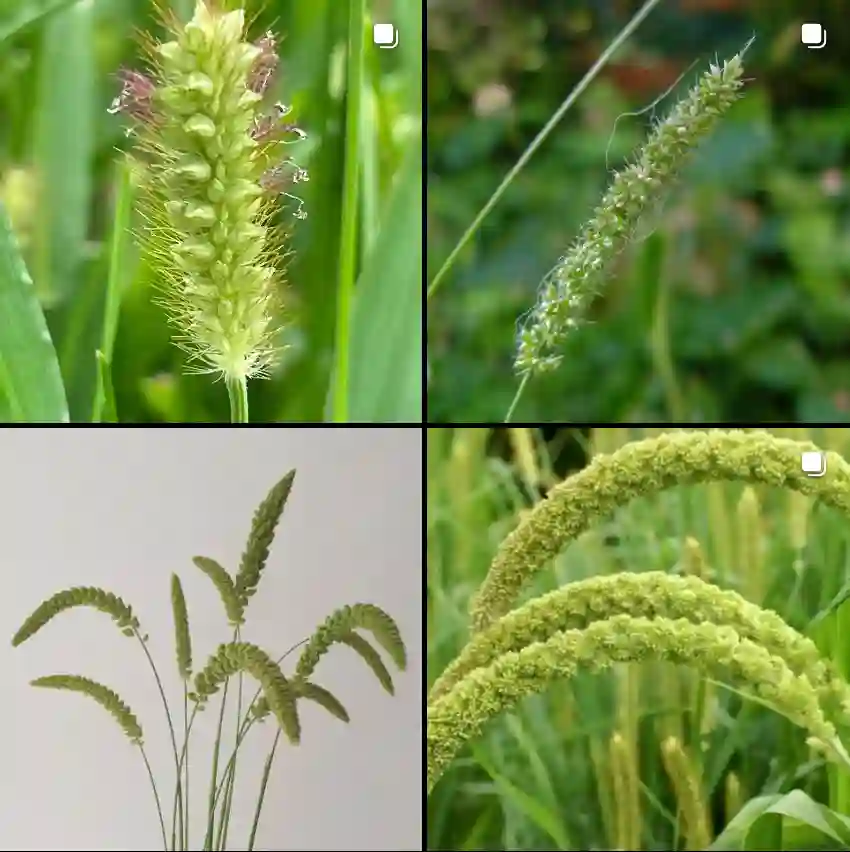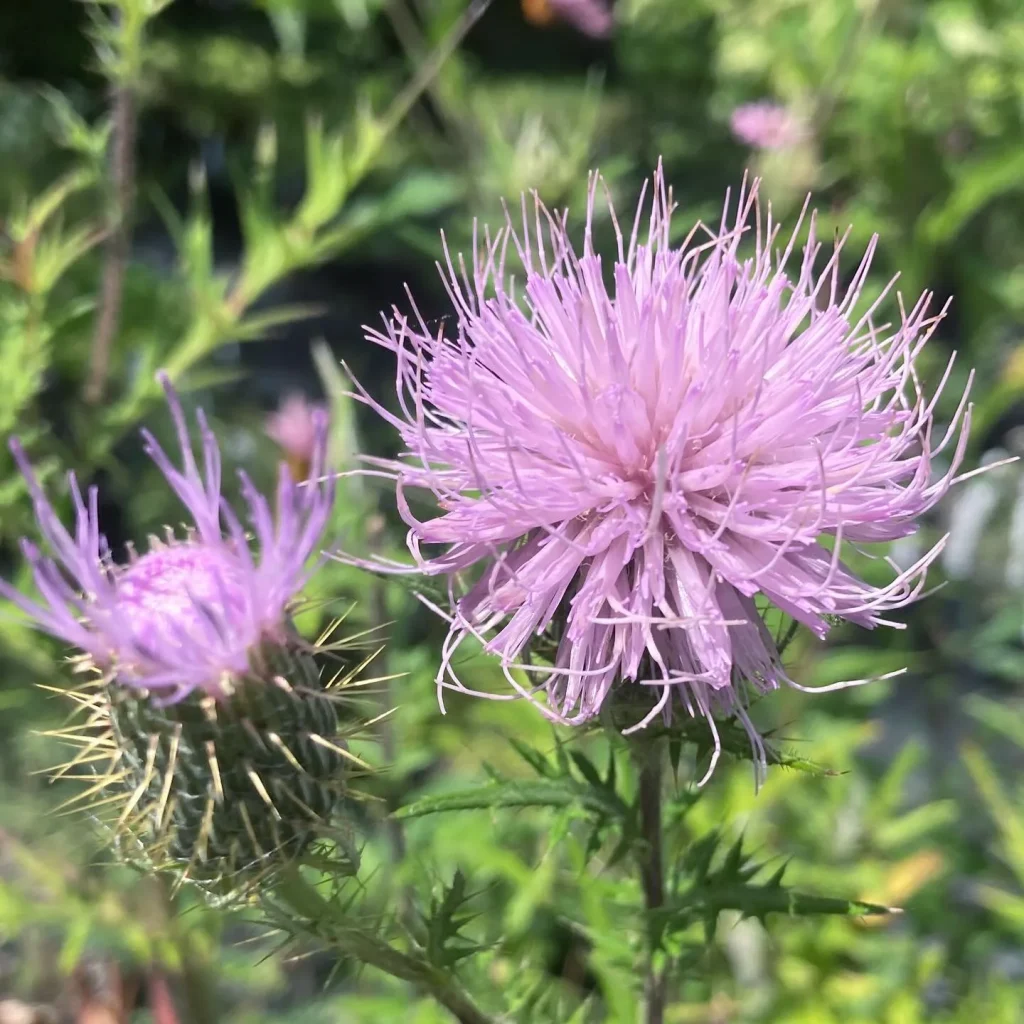What is Ficus Citrifolia?
The plant world holds a treasure trove of captivating flora, and the Ficus citrifolia, also known as the Shortleaf Fig, is no exception. This majestic tree has stolen a place in my heart, and I’m here to share its wonder with you. From its sprawling canopy to its ecological significance, the Shortleaf Fig offers a unique charm for any garden.
The first thing that strikes you about the Ficus citrifolia is its sheer size. This semi-evergreen giant can reach heights of 40 to 50 feet, casting a welcome shade in hot climates. Its broad, irregular crown creates a stunning silhouette, adding a touch of drama to any landscape. Unlike its close cousin, the Banyan Fig, the Shortleaf Fig typically doesn’t develop aerial roots that strangle other trees. However, it does boast impressive surface roots that add a sculptural element to its base.
880 Species in Genus Ficus
A Feast for the Eyes (and the Wildlife)
The Ficus citrifolia’s beauty extends beyond its stature. Its glossy, leathery leaves, aptly named “shortleaf,” are a vibrant green and offer a delightful contrast against the light brown bark. But the true spectacle unfolds during fruiting season. The tree produces small, inconspicuous flowers that develop into quarter-inch to half-inch figs. These start green and ripen to a deep purple, adding a touch of whimsy to the already captivating foliage.
This seemingly simple fruit holds a surprising ecological significance. The Shortleaf Fig is considered a keystone species in tropical regions. Its figs act as a vital food source for a vast array of creatures, including birds, primates, and even insects, throughout the year. During times of scarcity, the presence of this tree can be a lifeline for numerous species.
How to care for Ficus Citrifolia?
The Ficus citrifolia is a relatively low-maintenance tree, making it a great choice for novice gardeners. It thrives in full sun and enjoys well-draining soil. Regular watering is essential during the first year, but as the tree matures, it becomes more drought tolerant. While it can tolerate some neglect, a balanced fertilizer regimen can promote healthy growth and a lush canopy.
One thing to keep in mind is the Shortleaf Fig’s size. This magnificent tree is best suited for spacious gardens and parks. Planting it too close to your house can lead to foundation problems due to its aggressive root system.
Ficus citrifolia vs. Ficus aurea: Spotting the Differences
New plant enthusiasts often confuse the Shortleaf Fig with another beauty, the Ficus aurea, also known as the Florida Strangler. While both belong to the Ficus genus, there are subtle yet distinct differences. The Ficus aurea boasts slightly larger leaves, often exceeding four inches in length, compared to the Shortleaf Fig’s two- to four-inch range. Additionally, the Ficus aurea tends to have a more pronounced vein structure and a glossier sheen on its leaves.
Is the Shortleaf Fig Prone to Whitefly Attacks?
Unfortunately, the Ficus citrifolia is not immune to the pesky whitefly. These tiny, sap-sucking insects can weaken the tree and leave behind unsightly honeydew, a sticky substance that promotes the growth of sooty mold. Regularly inspecting your tree for whiteflies is crucial. If you notice an infestation, insecticidal soap or neem oil can be effective solutions.
A Rewarding Companion
The Ficus citrifolia is more than just a beautiful tree; it’s an ecological powerhouse and a source of constant fascination. Witnessing the dance of wildlife around its branches or simply enjoying the shade beneath its canopy can be a truly rewarding experience. With proper care, this magnificent giant can become a cherished companion in your garden for generations to come.
If i die, water my plants!



